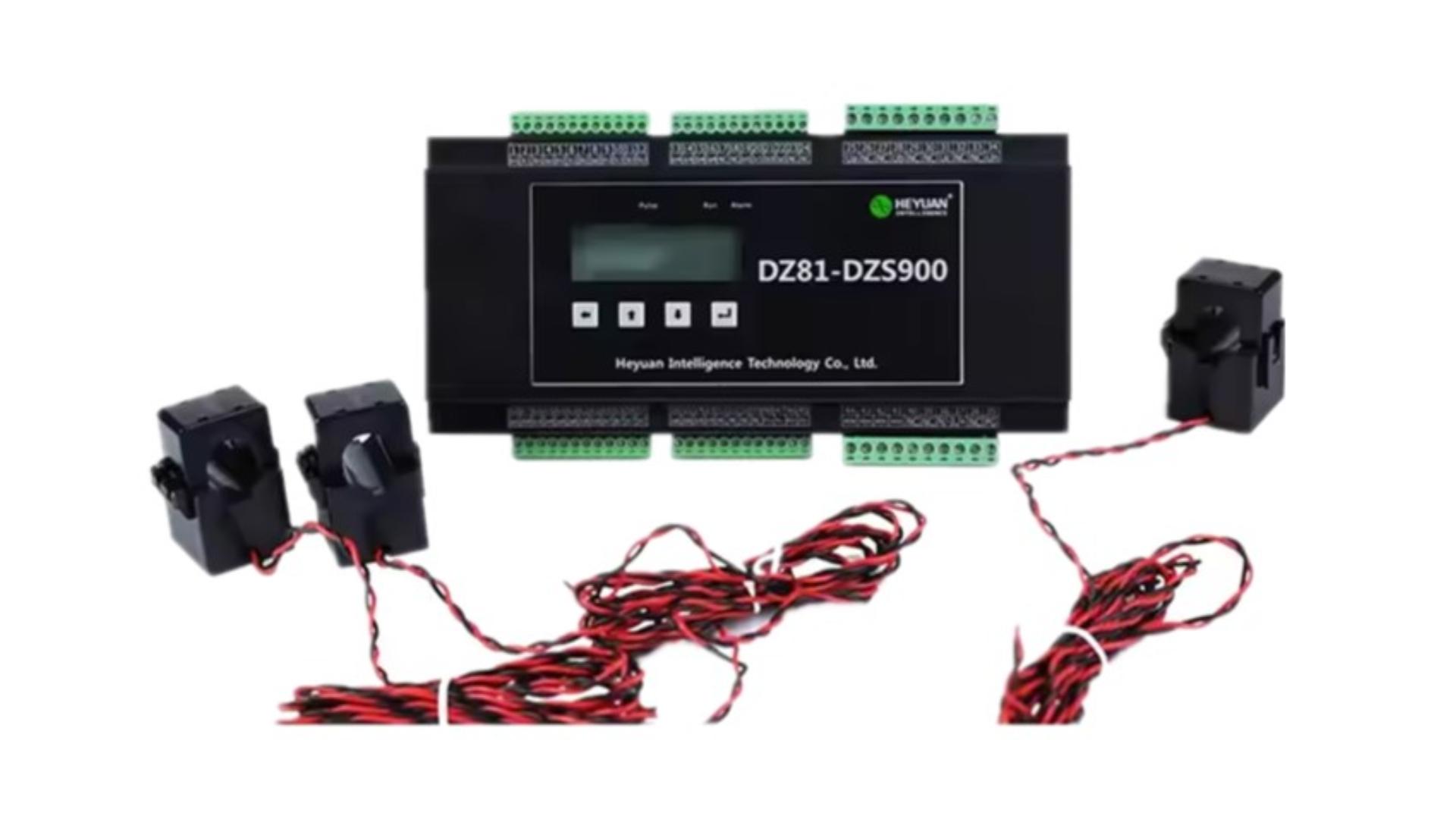
【Symbol】
PF
【Definition】
In an AC circuit, the cosine of the phase difference (Φ) between voltage and current is called the power factor (Power Factor), denoted as cosΦ. Numerically, the power factor is the ratio of active power to apparent power, i.e., cosΦ=P/S. The power factor indicates the proportion of active power in the total power and can never be greater than 1 under any circumstances.
【Standard】
National regulations stipulate that the power factor for power supply lines should be above 0.9 for power supply and above 0.85 for lighting supply. In remote areas, it can be above 0.75.
【Benefits】
Advantages of improving the power factor for users include:
Reduced Line Current and Losses: By improving the power factor, the total current in the line is reduced, which in turn lowers the energy losses in the line.
Stabilized Load Voltage: Maintaining a good power factor reduces voltage drop in the power supply system, making the load voltage more stable and improving the quality of electrical energy.
Increased Load Capacity: Improving the power factor can unlock the potential of power supply equipment. If the system has a low power factor, installing capacitors can increase the power factor and thus the load capacity without changing the existing equipment capacity. For example, when the power factor of a 1000kVA transformer is increased from 0.8 to 0.98:
Before compensation: 1000×0.8=800 kW
After compensation: 1000×0.98=980 kW
The same 1000kVA transformer can now handle an additional 180kW of load.
Lower Electricity Costs: Improving the power factor can lead to reduced electricity bills and potential discounts.
【Hazards】
A low power factor not only reduces the effective output of power supply equipment but also increases losses in the power supply equipment and lines. Therefore, it is necessary to take measures such as parallel capacitors to compensate for reactive power and improve the power factor.
【Application】
The power factor is related to the nature of the load in the circuit. For example, purely resistive loads like incandescent light bulbs and resistance furnaces have a power factor of 1, while circuits with inductive loads generally have a power factor less than 1. The power factor is an important technical parameter in power systems.
The power factor is a coefficient that measures the efficiency of electrical equipment. A low power factor indicates that a large amount of reactive power is used for alternating magnetic field conversion, reducing equipment utilization and increasing line supply losses. The reactive power supplied by generators and high-voltage transmission lines is usually insufficient to meet the load requirements. Therefore, reactive power compensation devices are installed in the power grid to supplement reactive power, ensuring that electrical equipment can operate at rated voltage. The main methods of reactive power compensation include three types: low-voltage individual compensation, low-voltage centralized compensation, and high-voltage centralized compensation.
Most of our company's instruments, including the entire MA series, DZS series, and the majority of the MS series, can measure the power factor.
【Related Terms】
Active power
Reactive power
Apparent power
Leave a Message
Your email address will not be published.
Posts
Products










